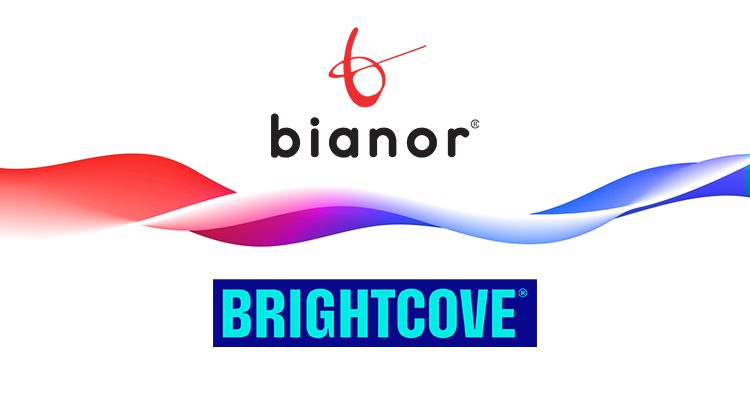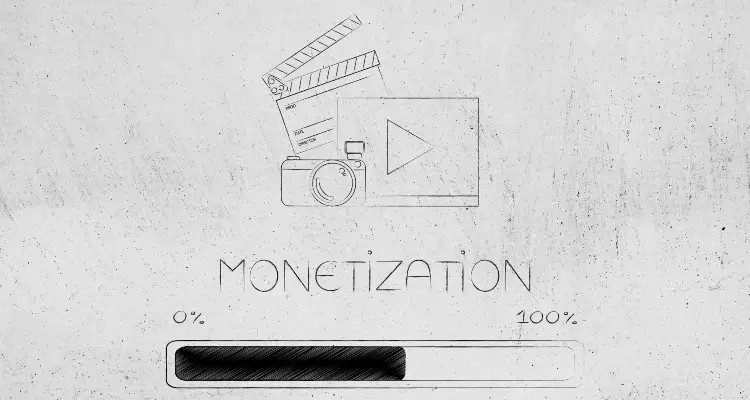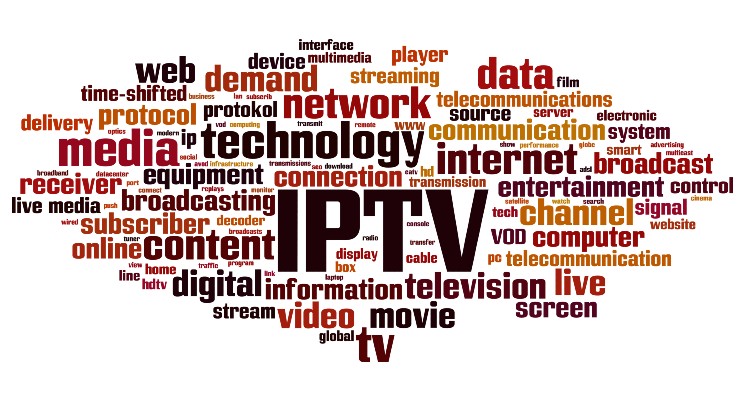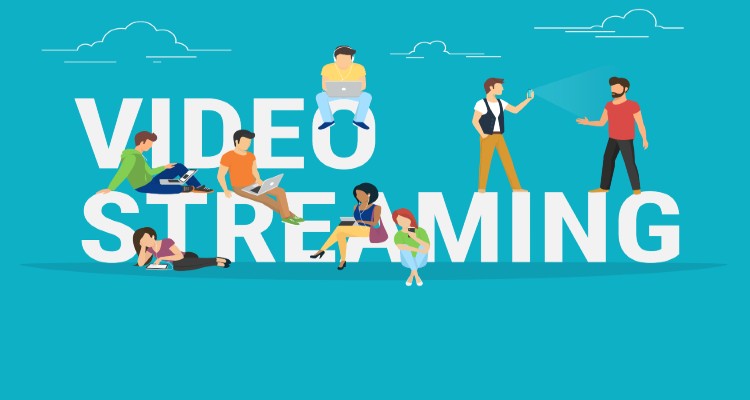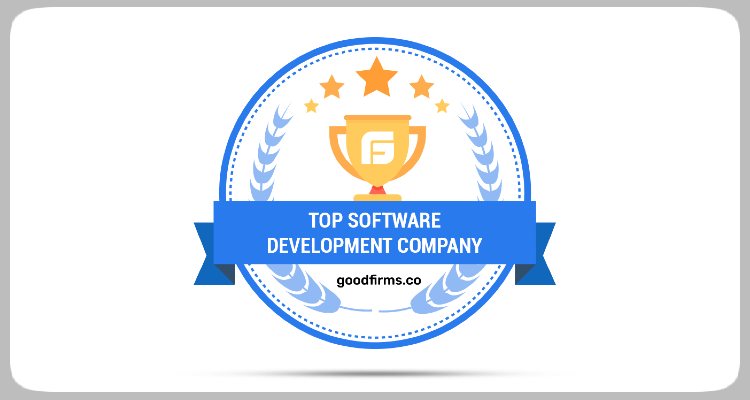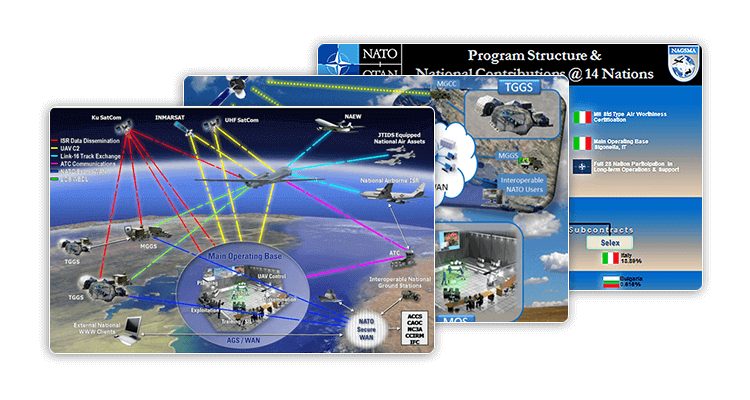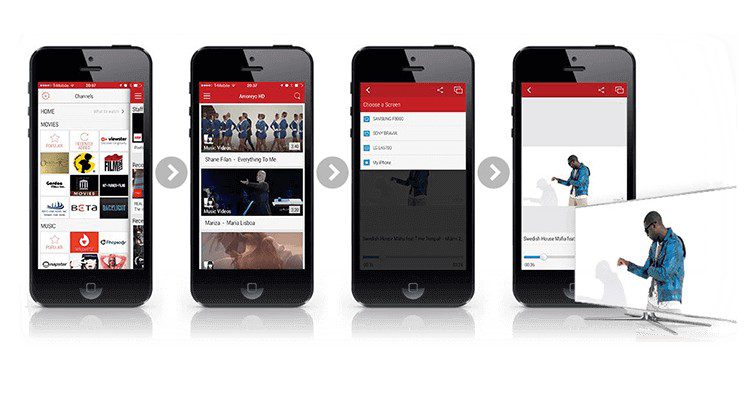Video Streaming Monetization Models
How to benfit from the video content we stream online?

Live and on-demand video streaming, by all means, is the internet winner of 2021. All the figures show a steep increase in streaming and watching videos online. The forecasts predict even more significant numbers shortly. Research shows that by 2028 the video streaming market will reach $223.98 billion. Some experts already call the process The Video Gold Rush.
There are plenty of reasons behind this boom – technical, social, and economic. But this is not what we are going to discuss now. This article will focus on how content distributors/video streamers benefit from delivering digital content to the viewer’s screen. If you are already into streaming video or are planning to start, this article will show you how to monetize your video content.
Objectives for video streaming
Before diving into video monetization, let’s clarify the objectives for video streaming. Why do brands, enterprises, and individuals stream content? What do they want to achieve?
We can sum up the ultimate goal as ‘selling.’
- Selling the brand image.
- Selling the new product.
- Selling the video content.
1. For some brands distributing video is just for creating brand awareness, educating the audience (external and internal), and establishing and maintaining a sense of loyalty. For these brands, video streaming is an investment that does not pay back via direct content monetization but is a marathon run that calls for a long-term ROI.
2. Other brands are focused on product sales. They achieve this by attracting a greater audience to their websites or implementing one-click direct sales. An excellent example of the last one is the makeup retailer Maybelline, which made a successful live-streaming campaign resulting in 10,000 lipstick sold in only 2 hours.
3. The third group creates and distributes videos to profit from the content itself. These content distributors have several ways of monetizing video streaming. In the following lines, we will reveal these means of video streaming monetization.
Video Streaming Lifecycle
Download Bianor’s white paper to learn more about the five most crucial components of video streaming lifecycle.
Video Streaming Monetization Models
Or in other words, how do the service providers get paid for the videos they publish online?
There are various ways for broadcasters to monetize video content. However, the three most popular categories are:
- AVOD
- SVOD
- TVOD
Depending on the business model, some might be more or less profitable. A common approach is a hybrid model, using a mixture of all three.
Here we have to make a small remark. While all models have VOD (video-on-demand) in the title, they are equally valid for existing content and live video streaming.
Let’s look at the models in more detail.
-
Advertising-Based Video on Demand (AVOD)
-
Advertising-Based Video on Demand is a prevalent model as it provides free content to the viewers. The audience pays back with their time invested in watching the advertisement. People are already used to this model as it is very similar to traditional television, where the advertisements interrupt the content flow. According to the Interactive Advertising Bureau (IAB), 67% of the audience worldwide would prefer watching ad-supported but free video content instead of paying a subscription fee.
Of course, AVOD is much more flexible than the good old TV ads. It can come in various ways, such as Pre-, Mid-, and Post-Roll Video Ads, Companion Banner Ads, or Customized Lead Capture Forms. The good news is that ads can be tailored to the individual user and served based on the user’s watch history and interests. This selectivity makes them more effective for the advertisers and less frustrating for the viewers.
Examples of ad-supported streaming services are YouTube, IMDb TV, Tubi TV. Other popular OTT platforms such as Vimeo, Brightcove, and IBM offer the AVOD model to their customers as ad-based monetization schemes are easy to set up and get a winning business model reaching a wider audience.
-
Subscription-Based Video on Demand (SVOD)
-
Subscription-Based Video on Demand is probably the oldest and most popular way to monetize the content distribution service. It is identical to the traditional TV offer allowing the customer to watch the complete digital library for a recurring monthly fee. The subscription-based model is widely accepted by major streaming services platforms like Netflix, Hulu, HBO Go, Disney+, Amazon Prime Video, and other niche channels (thematic streaming providers).
SVOD is managed by Video Paywall – a software that restricts free access to digital content. Implementing a flexible Video Paywall defines the admission and allows the service providers to set various subscription plans to different content libraries. This functionality enables a more flexible price formation, which benefits both the service provider and the subscribers. SVOD is very advantageous for the users as they can opt out quickly and change the service provider, which motivates the latter to keep enhancing the service and content.
-
Transactional Video on Demand (TVOD)
-
Transactional Video on Demand, also known as a “pay-per-view” (PPV), is a monetization model that requires the visitor to pay upfront to watch specific digital content. Examples of platforms offering TVOD are Apple iTunes, Google Play, Sky Box Office.
TVOD has two variations. The first is electronic sell-through (EST), similar to buying a DVD with your favorite movie – the user pays a one-time fee to download the content and get permanent access. The second variation – download to rent (DTR), the content is only available for a limited period. It reminds of the video rental shops where you pay to get a DVD but have to return it in a couple of days.
TVOD tends to be less expensive for the users while offering the latest and hottest releases. It is also applicable for live-streaming concerts and sports and entertainment events.
-
Hybrid Monetization Model
-
The platforms must be more adaptable when chasing their ambition to attract a greater audience. They strive to offer better flexibility to their customers, thus inevitably entering the Hybrid model.
Platforms like Amazon Video work on the SVOD model with a monthly subscription and offer TVOD for new, more appealing content. On the other hand, YouTube uses AVOD, offering customers to subscribe to access their premium content. FITE – the premier digital platform for global sports and entertainment, offers its audience free ad-supported content. Still, at the same time, the platform has several SVOD-based plans and offers exclusive live events on a TVOD model.
-
Donations
- Another monetization model which is not that popular but still has a fair amount of users is Donations. It is free to watch and depends only on the sole will of the viewer to support an artist, a cause, or a religious gathering. This option becomes possible by utilizing a built-in “donate” button so the viewers can pay a certain amount without navigating away from the broadcast. According to some research, online giving is growing by 13% each year.
Conclusion
Monetization is one of the critical success factors (CSF) for any video streaming project. (Learn here which are The five critical success factors (CSF) for any Over-the-top Video Streaming engine.) We must ensure that it perfectly fits our business model and addresses all particular demands. While ready-made streaming service providers (like YouTube, Vimeo, etc.) offer fast implementation and quick time-to-market, they are rarely flexible enough to respond to all customer requirements.
If you seriously consider video streaming a business, the most effective and cost-efficient way is to build a branded VOD streaming platform. A VOD platform includes tools for video hosting, monetization, player customization, easy embedding, advanced security, and more. And most importantly, it gives you freedom and independence as no one else can provide. The pros of having your platform are but are not limited to setting your prices, keeping control of content distribution, and adjusting your video marketing strategy.
Building a VOD app from scratch takes a lot of time and resources. Our experience proves that building a completely new VOD platform is viable for large media or telecom companies that expect considerable turnaround and have very particular requirements. For this reason, using an existing video streaming platform makes the process much easier. At Bianor, we specialize in setting up custom VOD platforms based on existing battle-tested streaming engines. These existing solutions have the complete infrastructure to get you up and running fast, and we have the know-how and experience to choose the most proper solution for you and customize it to respond to all your requirements. We are always ready to advise you and offer you the most suitable solution, be it a development of a brand new OTT platform or setting a customized integration of an exciting one.




















